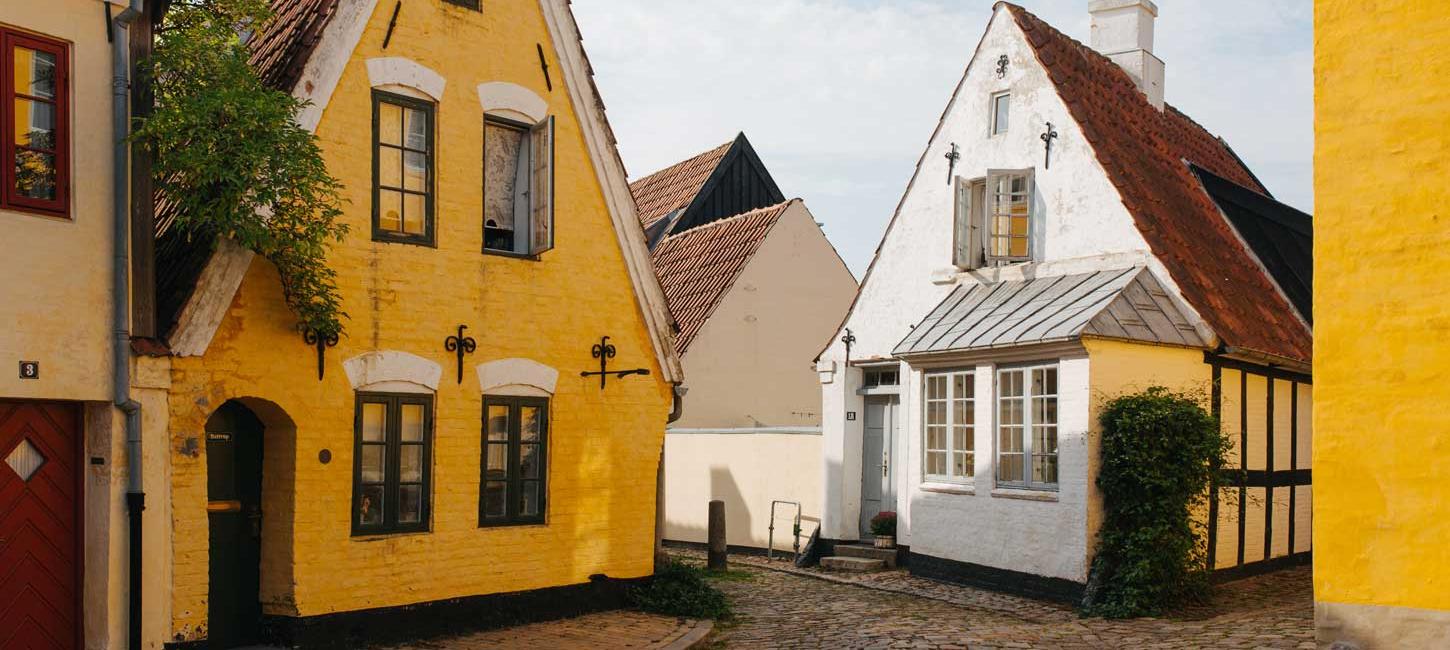
City walk in the old Aabenraa
Experience Aabenraa's history and culture on a walking tour of the old town. Explore the cobbled streets and charming alleys where the stories of the past meet the atmosphere of the present.
Aabenraa - a living history
Step into Aabenraa's rich history, with stories of trade, wars and great personalities. The old town offers historical landmarks, well-preserved houses and local hideaways that provide an insight into Aabenraa's development over the years. There are plenty of stories to discover - are you ready?
Visit our tourist office at Storegade 30 in Aabenraa and let the story begin! Here you can get your hands on a free city map so you can easily explore Aabenraa's charming streets and sights.
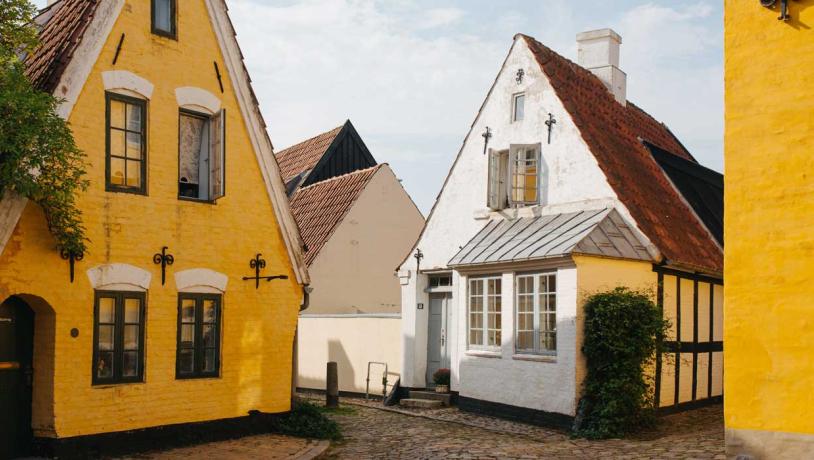
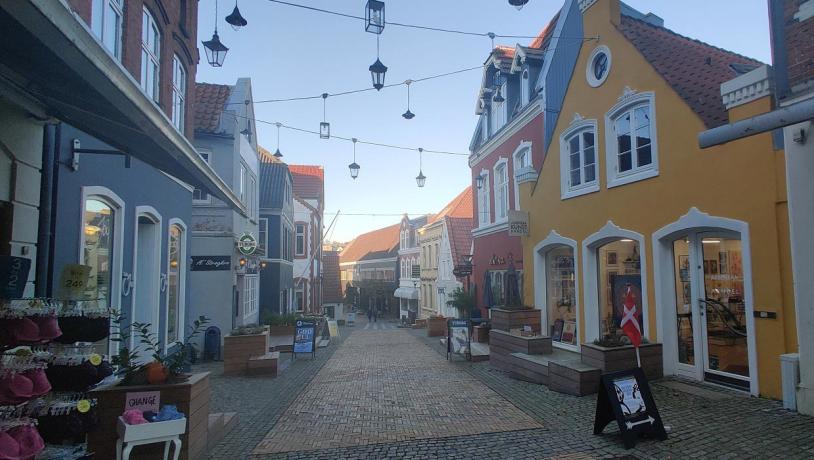
A historical hub
Situated by the fjord and close to the border with Germany, Aabenraa is a hub for trade and cultural exchange. Throughout the centuries, Aabenraa has been part of the changes in the border region, and the town reflects both Danish and German influences.
Aabenraa as a maritime town
From the 1600s to the end of the 1800s, Aabenraa was a maritime town. The town's location by the fjord and the possibilities of supplying wood from the neighbouring areas provided good conditions for shipbuilding and shipping. Therefore, from 1800 to 1883, more than 300 ships were built, with over 100 of them travelling the world's oceans.
However, Aabenraa's shipowners and shipbuilders were unable to keep up with the development from wooden sailing ships to steam-powered steel ships, and the last ship left the harbour in 1883. Today, the harbour and the maritime environment are still very important to the city, as Aabenraa harbour is the only commercial port in Sønderjylland. It therefore plays a crucial role in the import and export of goods to and from Sønderjylland and Northern Germany.
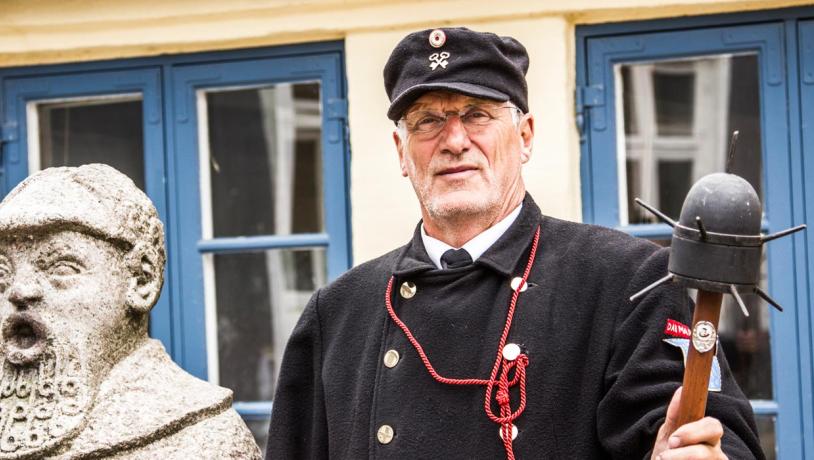
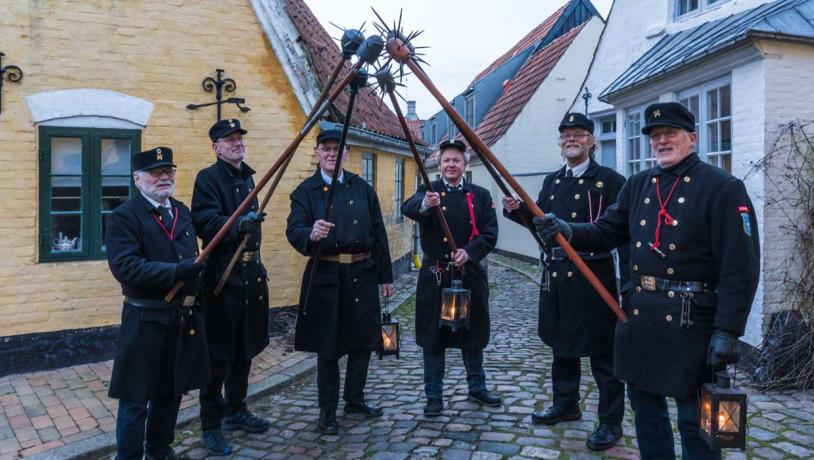
Storetorv-Storegade-Ramsherred, also known as the pedestrianised street, was and is Aabenraa's main street. Most of the city's wealthy merchants and shipowners lived here. Here you will find Det Gule Pakhus and the boundary between Storegade 11 and 13 runs along one of the few well-preserved gabled houses on the main street.
Until around 1860, Skibbrogade was the city's only access road to the harbour. This is where the slightly larger houses were located. In Gildegade, which today also leads down to the harbour, there were small three-storey houses where sailors, shipwrights, sailmakers and workers lived. No. 15 was built by shipyard owner Jacob Paulsen in 1752 and is still today a beautiful semi-detached house with bay windows.
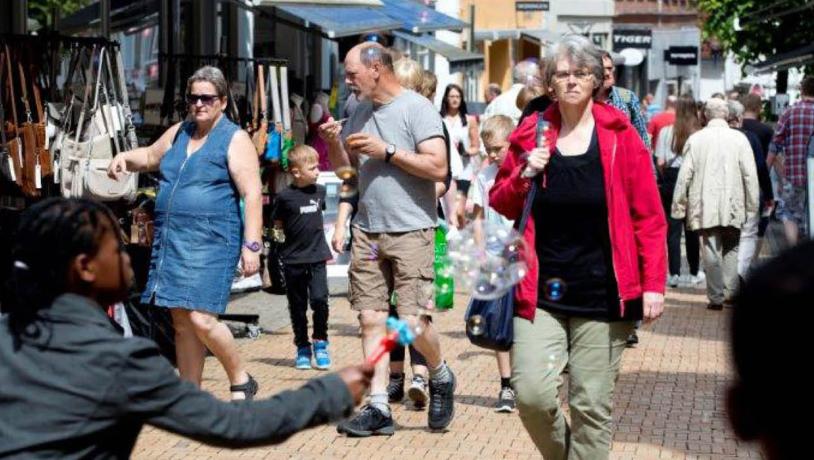

The old town of Aabenraa
Not only has shipping been crucial to the city's development, Aabenraa's old town also bears witness to how the city's wealthy merchants and shipowners, working class and poor people lived. The city has been home to both Danish and German-minded citizens, which was reflected in the city's newspapers, politics and architecture. Notable is the Günderoth family, who founded the Günderoth Foundation for poor and single women. H. P. Hanssen is another prominent character. In 1893, he moved with his family to Aabenraa and was a leading organiser for Danishness in Sønderjylland.
One of the town's most important historical landmarks is Brundlund Castle, Denmark's smallest and cosiest castle. Brundlund Castle was begun by Magrethe I, but has since been remodelled several times. The purpose of the castle was to house the administration of the town of Aabenraa. Today, the castle is an art museum that presents the art of Sønderjylland from the late 18th century to the present day. The castle also includes the old castle mill, which opens its café during the summer months and in the run-up to Christmas.
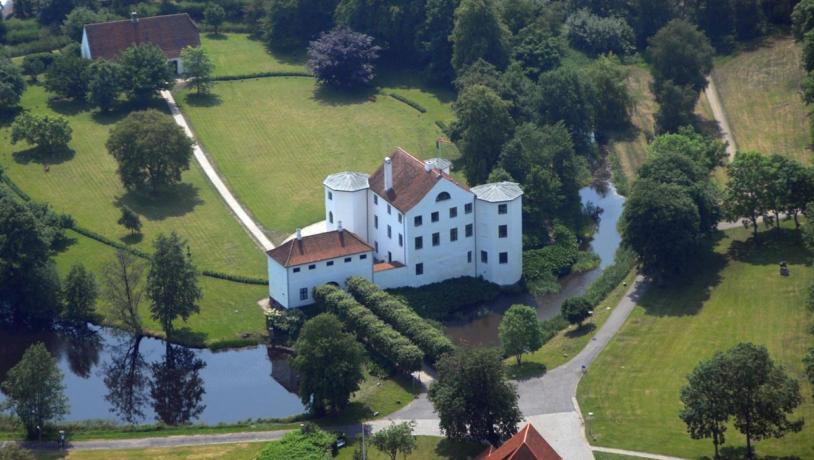
The Old Town Hall at Storegade 30 was built in the years 1828-1830 and was the town hall until 2007. The town has had a town hall at this location since the Reformation. In the hall of the town hall hangs the Oldenborgian royal line, with its queens, from Christian I to Frederik VI. The building also houses the Aabenraa Tourist Office.
Nygade was built later than the main street and was a distinctly craftsman's street. Facing Persillegade is the city's oldest house of the Günderoth family, who also built no. 46 in Nygade as Günderoths Fattigstiftelse. In Nygade no. 41, H. P. Hanssen lived with his family. He initiated the Nordslesvigsk Vælgerforening (The Voter Association of Nothern Schleswig) and was the owner of the newspaper Hejmdal. He was therefore a prominent national and political figure for the Danish-minded North Schleswigers for several decades. At Folkehjem in the Renufication Park (Genforeningsparken), he gave his famous speech to the people of Sønderjylland.
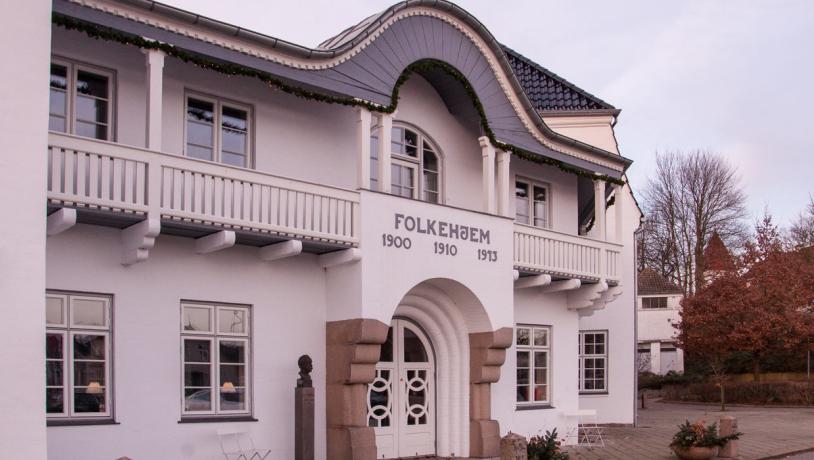
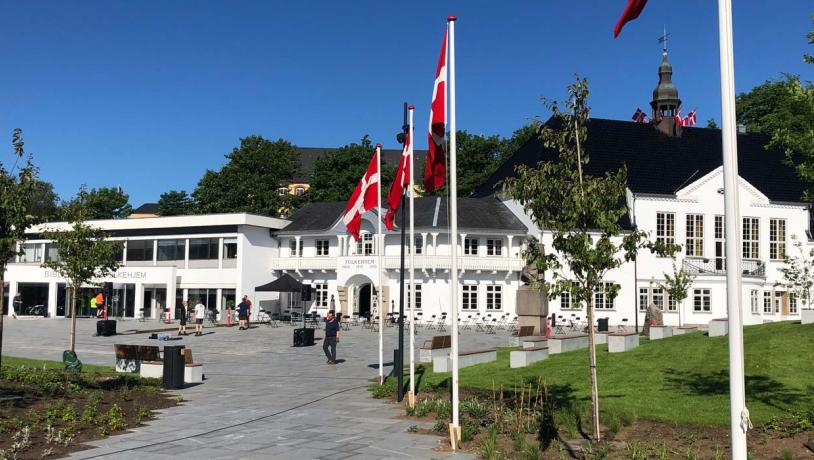
Lille Pottergade and Store Pottergade have several historic houses. Lille Pottergade no. 5 is home to the city's oldest poorhouse from 1744 and the neighbouring house has a beautiful and well-preserved door dating back to 1790. Store Pottergade and Persillegade end at Vægterpladsen. The clairvoyant Virgin Fanny lived at no. 3b in Persillegade and is said to have predicted both the war of 1864 and that Sønderjylland would once again become Danish. Vægterpladsen is home to some of Aabenraa's most idyllic houses. No. 1 is a longhouse from 1744, no. 1a and no. 2 are two well-preserved gabled houses and no. 3-5 are three-storey stalls where the watchmen lived. This is also where the summer watchman tours start.
If you would like to go on a guided city walk with our skilled and experienced guides, you can book an individual tour whenever it suits you. Contact Visit Aabenraa on +45 7462 3500 or info@visitaabenraa.dk and make an appointment.
The price for our guided city walks is DKK 1,000 per guide for the first two hours and DKK 400 per hour thereafter. A guided city walk typically takes 1.5-2 hours.
You can also visit the local museum Jacob Michelsens Gård and experience how people lived in 19th century Aabenraa.
